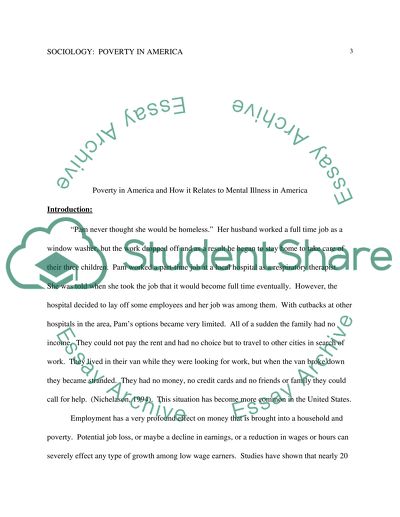Cite this document
(“Poverty in America Term Paper Example | Topics and Well Written Essays - 2000 words”, n.d.)
Poverty in America Term Paper Example | Topics and Well Written Essays - 2000 words. Retrieved from https://studentshare.org/sociology/1444589-poverty-in-america-mental-illness-in-america
Poverty in America Term Paper Example | Topics and Well Written Essays - 2000 words. Retrieved from https://studentshare.org/sociology/1444589-poverty-in-america-mental-illness-in-america
(Poverty in America Term Paper Example | Topics and Well Written Essays - 2000 Words)
Poverty in America Term Paper Example | Topics and Well Written Essays - 2000 Words. https://studentshare.org/sociology/1444589-poverty-in-america-mental-illness-in-america.
Poverty in America Term Paper Example | Topics and Well Written Essays - 2000 Words. https://studentshare.org/sociology/1444589-poverty-in-america-mental-illness-in-america.
“Poverty in America Term Paper Example | Topics and Well Written Essays - 2000 Words”, n.d. https://studentshare.org/sociology/1444589-poverty-in-america-mental-illness-in-america.


